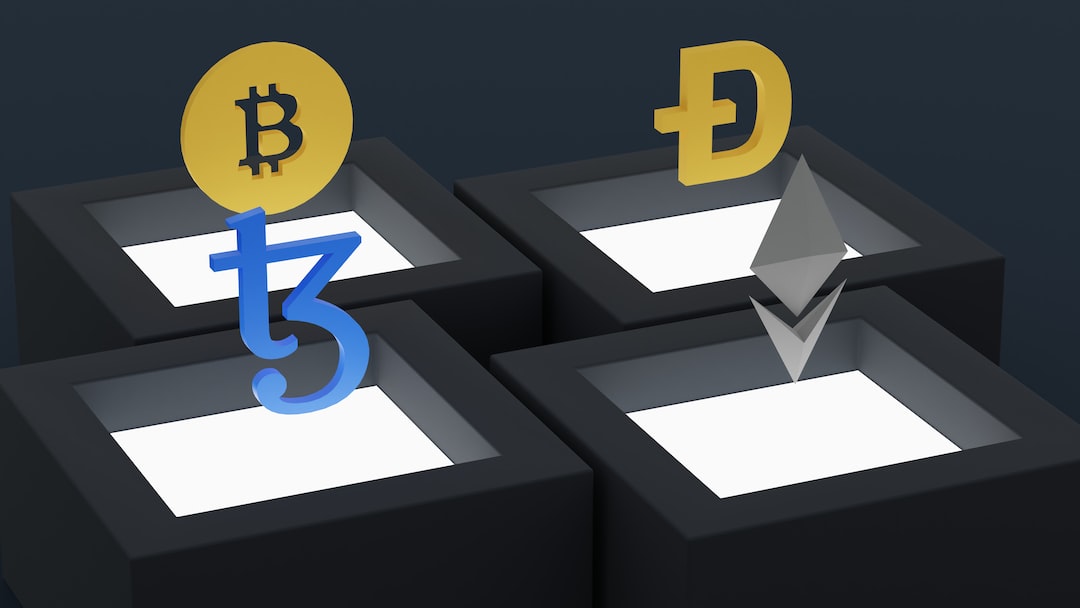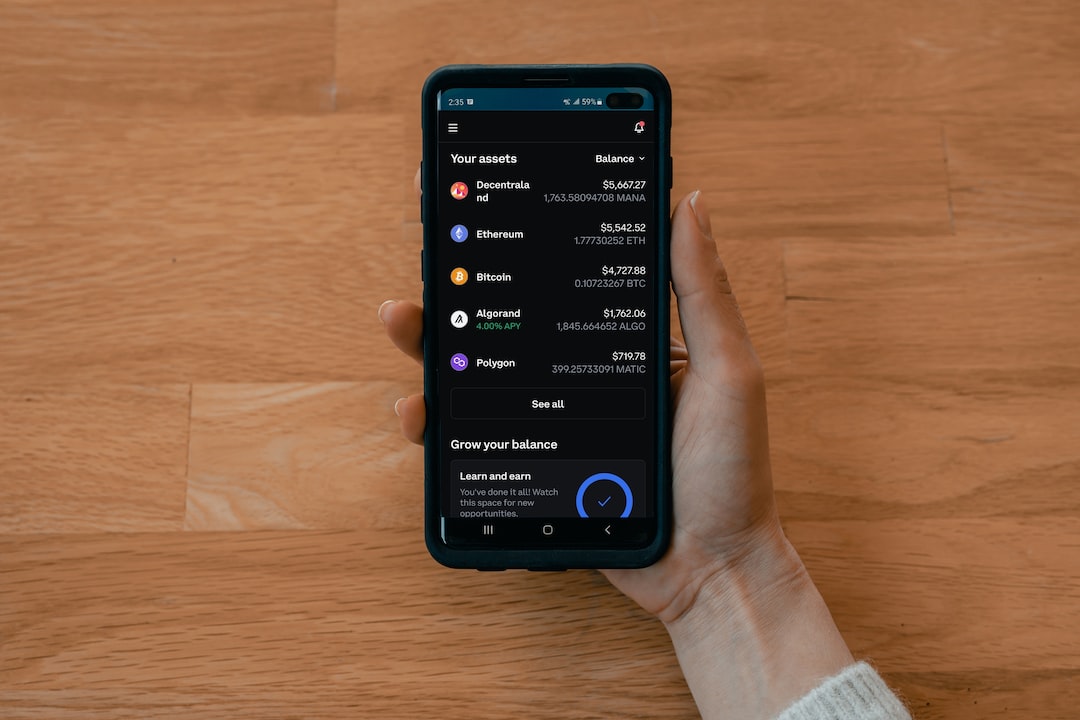Quantum Computing Takes a Leap Forward with Fault-Tolerant Arithmetic Operation
A breakthrough has been made in the field of quantum computing as researchers have successfully implemented a basic arithmetic operation on an actual quantum processor in a fault-tolerant manner. This achievement brings us closer to more reliable and powerful quantum computers that are less prone to errors or inaccuracies.
Quantum computers utilize the peculiar properties of quantum physics to solve problems at a rapid pace, which would be impossible for classical computers. By encoding information in quantum bits or “qubits,” computations can be performed in parallel, unlike the sequential process of normal bits.
However, qubits are highly fragile and susceptible to errors, which has hindered the development of practical quantum computers. The key to unlocking their full potential lies in achieving fault tolerance, which allows these computers to function reliably by detecting and correcting errors even when affected by various factors known as “noise.”
The Challenge of Noise in Quantum Computing
The behavior of particles in the quantum realm differs from what we observe in our macroscopic, classical world. We cannot precisely predict the position of subatomic particles; instead, we determine the probability of their positions. Furthermore, the act of observing these particles can alter their state. This inherent uncertainty and sensitivity to observation create significant challenges in quantum computing.
A Crucial Milestone towards Fault-Tolerant Quantum Computing
Researchers from Quantinuum, QuTech, and the University of Stuttgart have achieved a crucial milestone on the path to fault-tolerant quantum computing. Using Quantinuum’s H1 quantum processor, they implemented quantum error correction to perform a fault-tolerant one-bit addition—a fundamental arithmetic operation.
The team utilized Quantinuum’s ion trap technology, where qubits are suspended in electromagnetic fields, ensuring stability and longevity. They employed a quantum error correcting code called the [[8,3,2]] color code to encode a single logical qubit in 8 physical qubits. This redundancy allowed for error detection and correction.
Think of it as having multiple workers doing the same task. If a few make mistakes, the overall result can still be correct due to the others who performed correctly. This approach significantly reduced the error rate to just 0.11% compared to the unprotected circuit’s error rate of 0.95%.
Implications and Potential Applications
The implications of these advancements are profound. Fault-tolerant quantum computing methods could revolutionize domains such as molecular simulation, AI, optimization, and cybersecurity by providing practical solutions.
In addition to this development, an unusual superconducting state in uranium ditelluride (UTe2) has been discovered, showing promise in enhancing the power of quantum computers further. This material has the potential to maintain qubits’ states indefinitely during computations, leading to more stable and practical quantum computers.
Quantinuum’s H1 Quantum Computer
Quantinuum’s H1 quantum computer is commercially available and has applications in specialized research fields like biology research, artificial intelligence, simulations, and cybersecurity.
Hot Take: A Major Leap towards Reliable Quantum Computing
Achieving fault-tolerant arithmetic operations on a quantum processor is a significant breakthrough for quantum computing. By implementing quantum error correction and reducing the error rate to just 0.11%, researchers have brought us closer to more reliable and powerful quantum computers. These advancements have far-reaching implications across various fields such as molecular simulation, AI, optimization, and cybersecurity. Additionally, the discovery of an unusual superconducting state in UTe2 holds the potential to make quantum computers even more stable and practical. With commercial availability, Quantinuum’s H1 quantum computer can contribute to specialized research in fields like biology, AI, simulations, and cybersecurity.





 By
By
 By
By
 By
By
 By
By
 By
By
 By
By